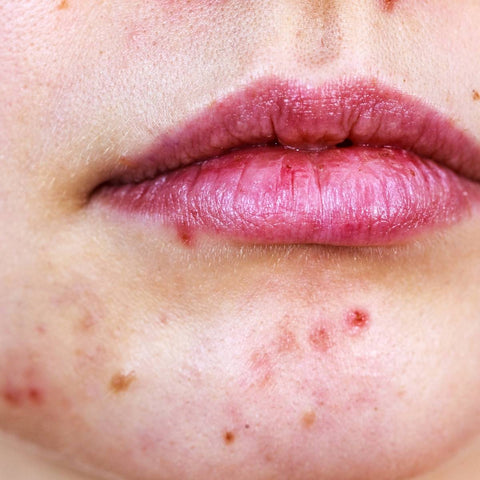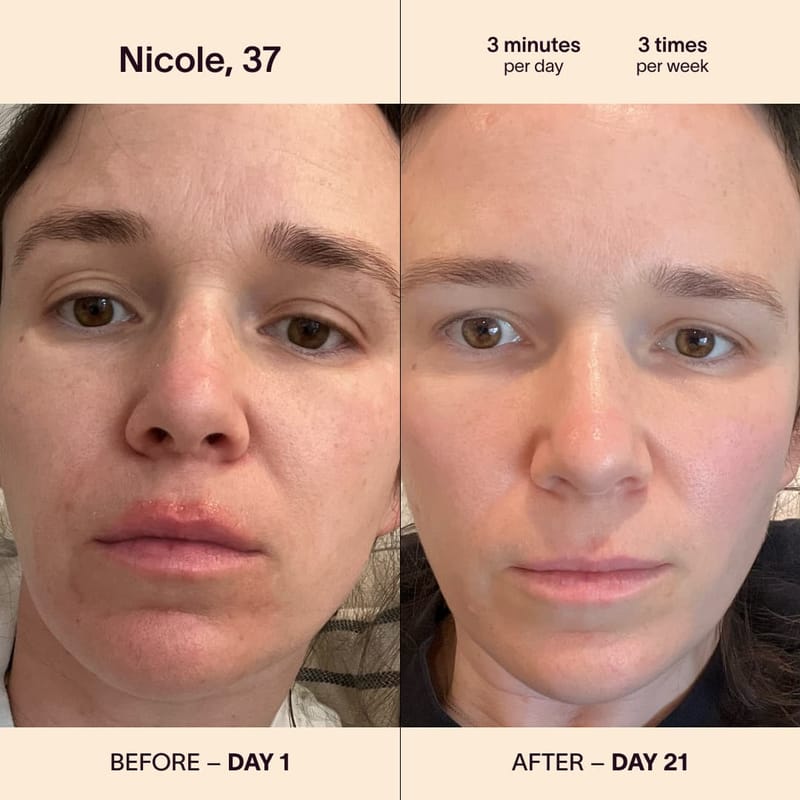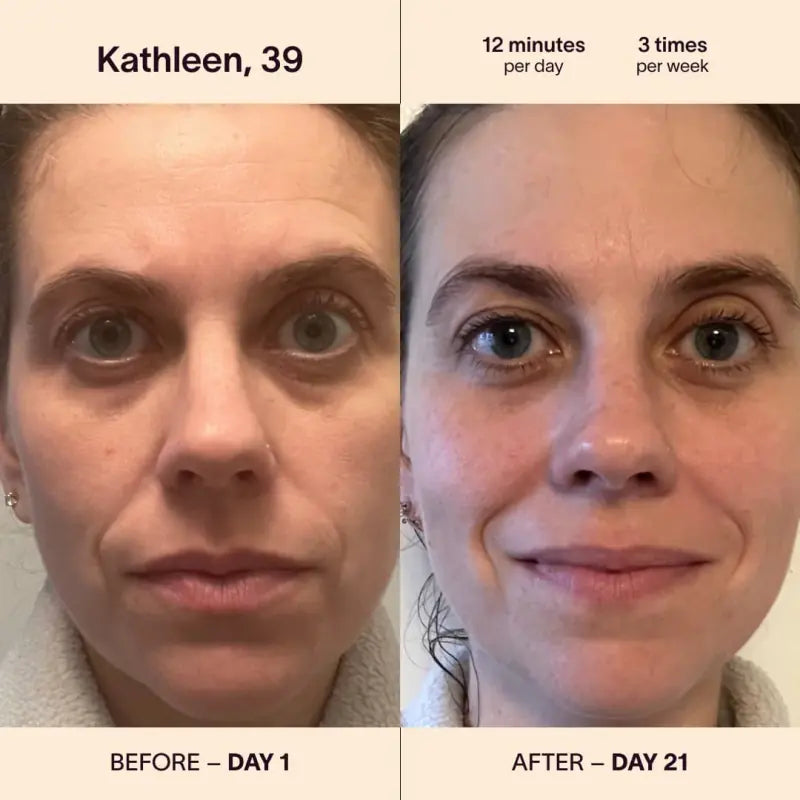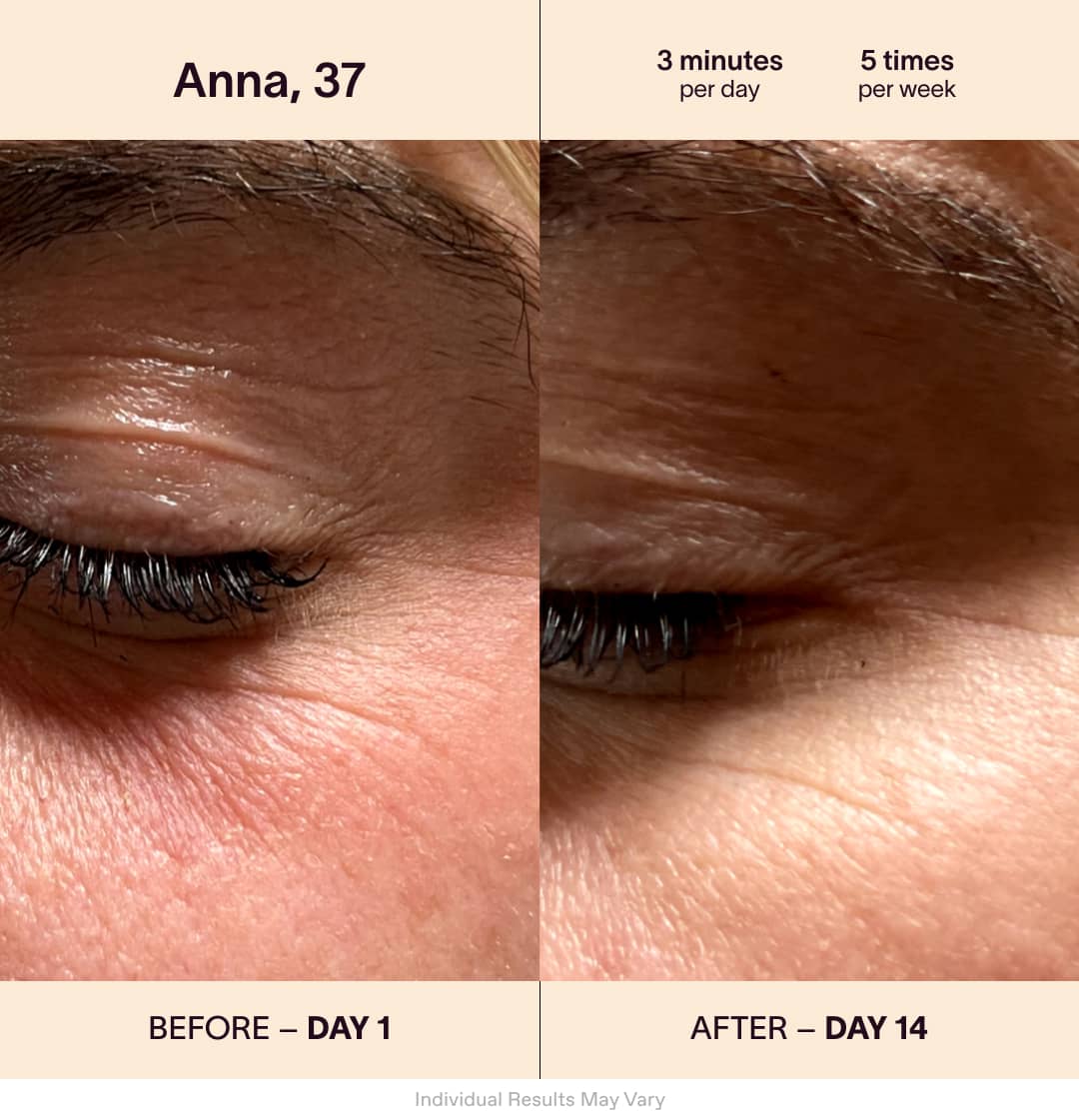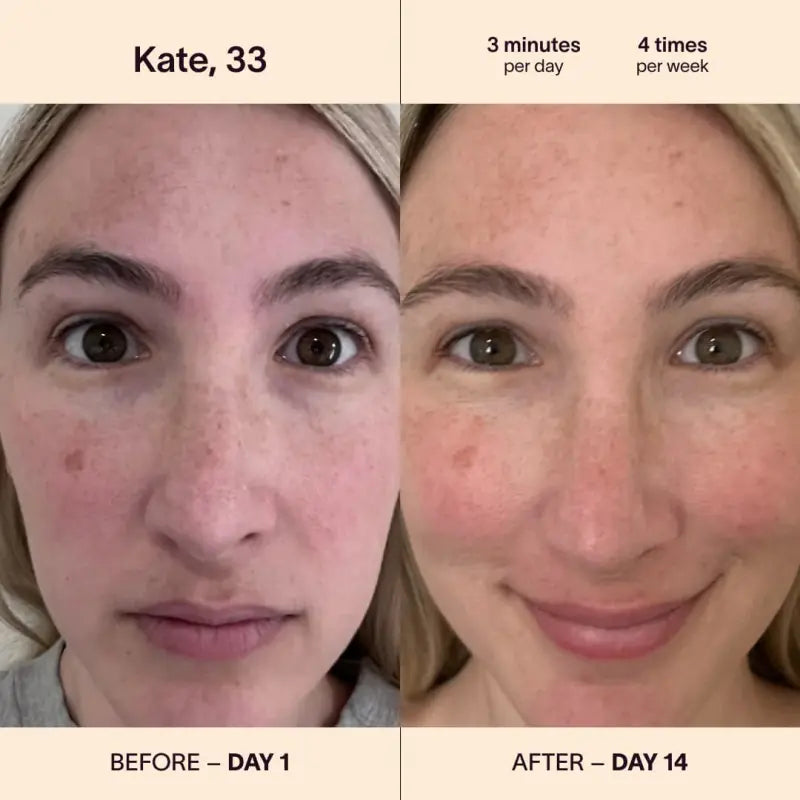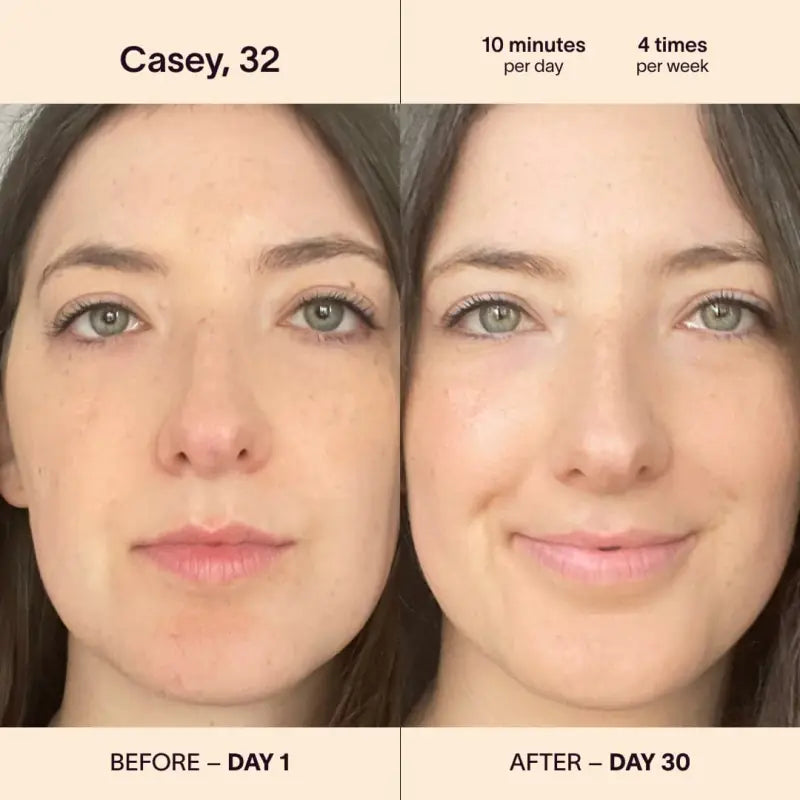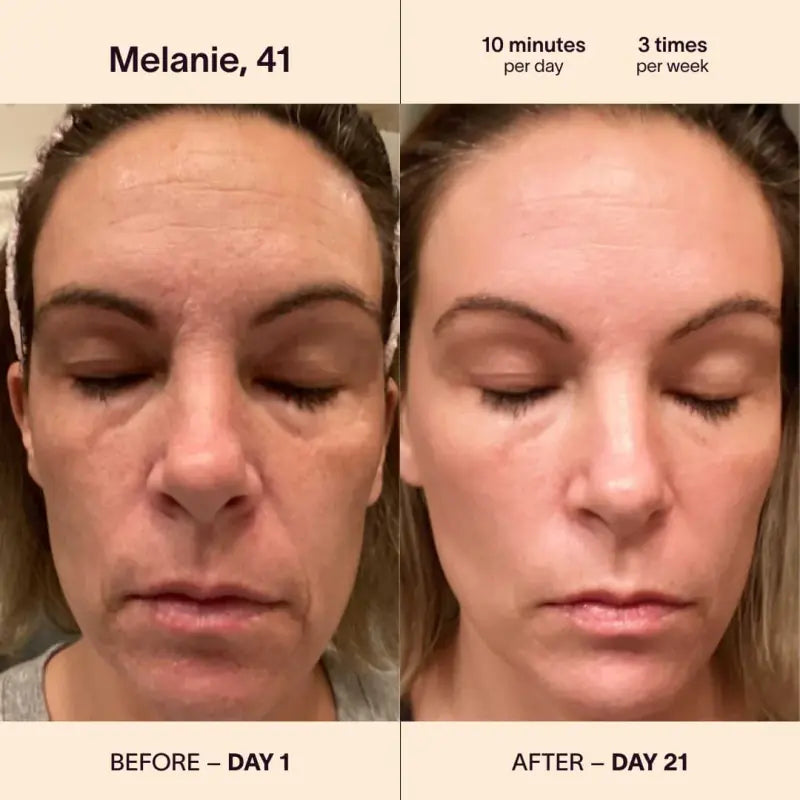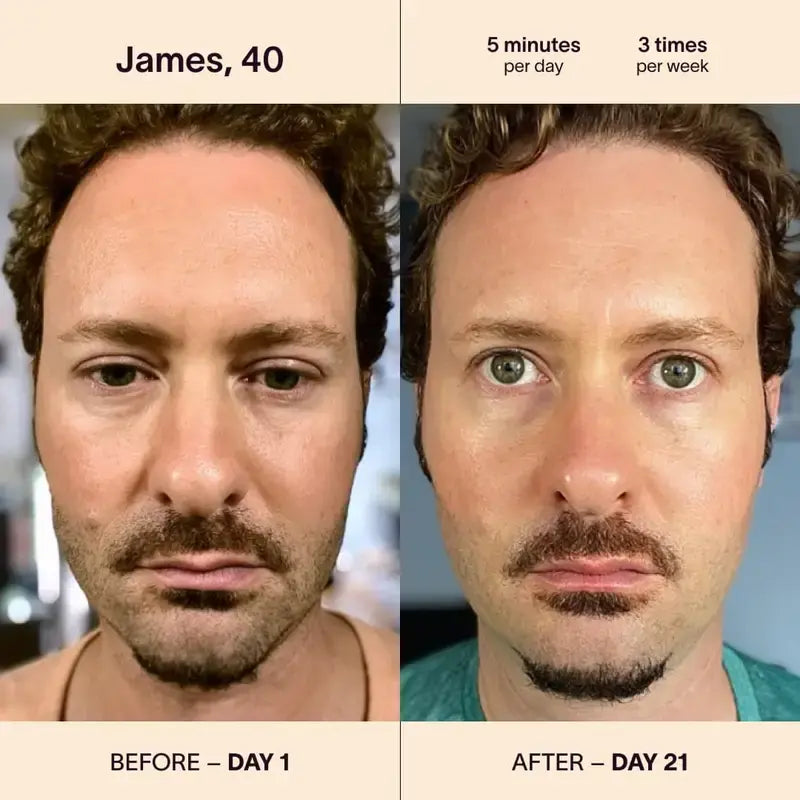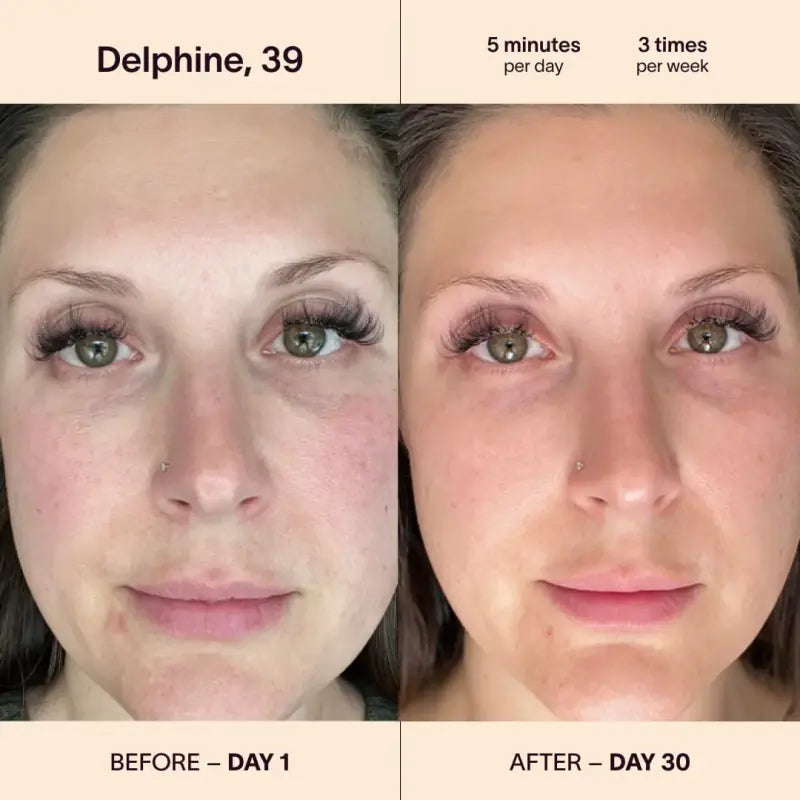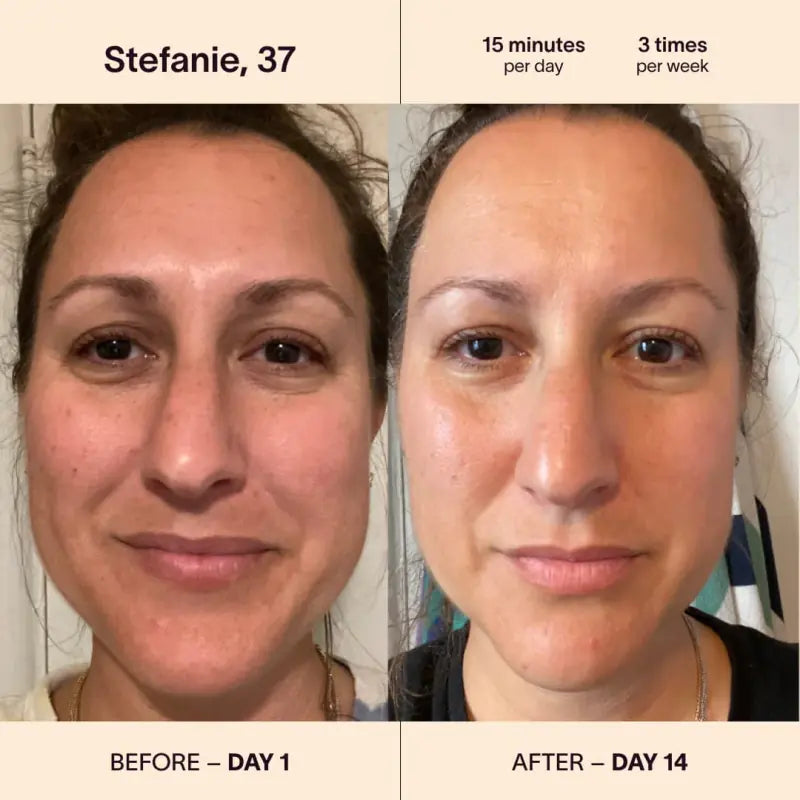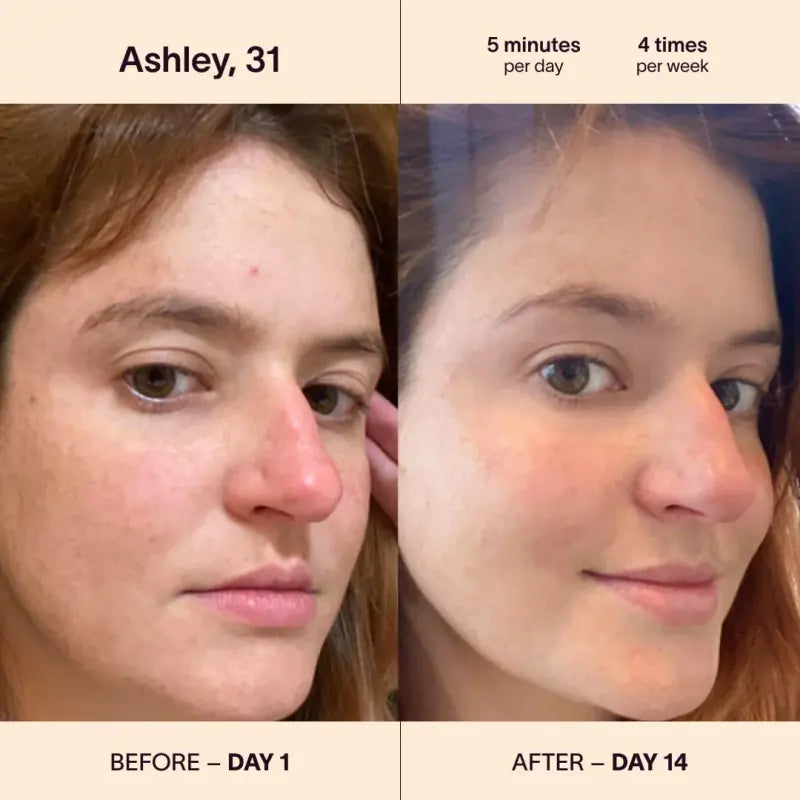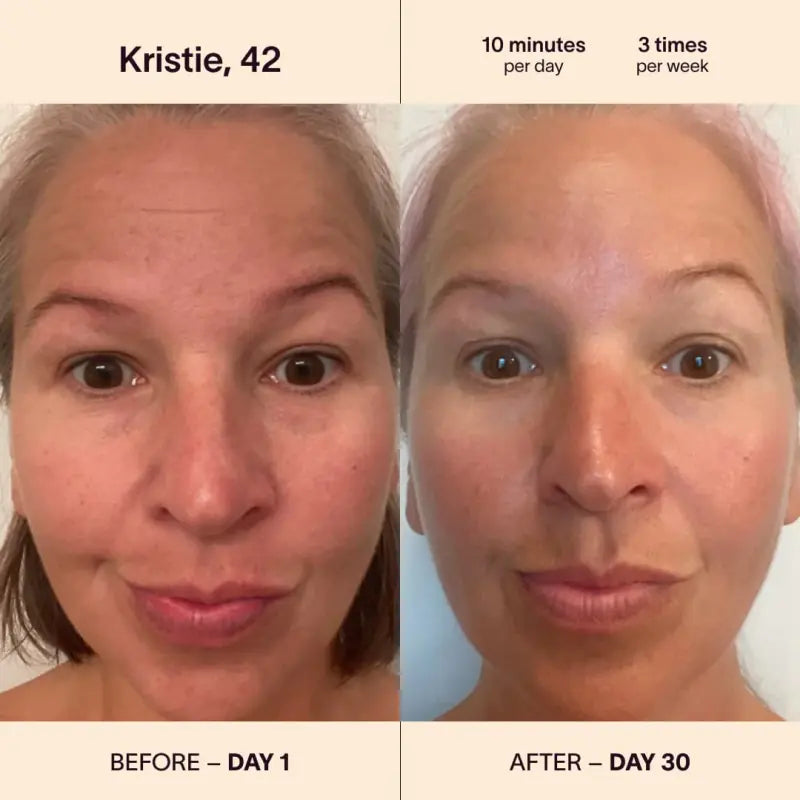If you're like many people, you may not have heard of fungal acne before. It's a relatively rare condition, but it can be quite serious if left untreated. In this blog post, we will explain what fungal acne is, what causes it, and how it can be treated. We'll also provide some tips on
how to prevent fungal acne from developing in the first place.
Fungal Acne, The Basics
So, what is fungal acne? Fungal acne is a type of skin infection that is caused by a fungus. The most common type of fungus that causes fungal acne is called Malassezia. This particular type of fungus is found on the skin of many people, but it only becomes problematic when it overgrows. When this happens, the fungus can cause a number of different skin problems, including fungal acne.
What Does Fungal Acne Look Like?
Fungal acne looks a lot like regular acne, but there are some key differences. First of all, fungal acne is often accompanied by itching and redness.
Additionally, fungal acne tends to appear in areas where there is a lot of hair, such as the scalp, chest, and back. Finally, fungal acne is often characterized by small, red bumps that are filled with pus. If you have any of these symptoms, it's important to see a doctor so they can confirm whether or not you have fungal acne.
Causes of Fungal Acne
Now that we know what fungal acne is, let's take a look at some of the things that can cause it. As we mentioned before, the overgrowth of Malassezia is the primary cause of fungal acne. However, there are a few other things that can contribute to this overgrowth.
Weakened Immune System
One of the most common causes of fungal acne is a weakened immune system. When your immune system is not functioning properly, it can't keep the fungus in check, which allows it to grow out of control. There are a number of things that can weaken your immune system, including stress, lack of sleep, and certain medical conditions. If you think your immune system might be to blame for your fungal acne, it's important to see a doctor so they can run some tests.
Hormonal Imbalance
Another common cause of fungal acne is a hormonal imbalance. When your hormones are out of balance, it can throw off the delicate ecosystem on your skin, which can lead to the overgrowth of fungus. Hormonal imbalances are often to blame for teenage acne, but they can also affect adults. If you think your hormones might be to blame for your fungal acne, it's important to see a doctor so they can run some tests.
Certain Medications
Certain medications can also cause fungal acne. These medications include steroids, antibiotics, and birth control pills. If you're taking any of these medications and you develop fungal acne, it's important to talk to your doctor about alternative options.
Preventing Fungal Acne
Clean Your Skin Regularly
One of the best ways to prevent fungal acne is to clean your skin regularly. This means washing your face (and other affected areas) with a mild soap and warm water. Be sure to pat your skin dry afterwards. You should also avoid scrubbing your skin too harshly, as this can irritate it and make fungal acne worse.
Avoid Over-the-Counter Acne Treatments
Many over-the-counter acne treatments can actually make fungal acne worse. This is because these treatments often contain harsh chemicals that can irritate the skin and cause the overgrowth of fungus. If you're using an over-the-counter acne treatment and you develop fungal acne, it's important to stop using the treatment and see a doctor.
Treating Fungal Acne
If you have fungal acne, it's important to see a doctor so they can prescribe the appropriate treatment.
Anti-fungal Medications
The most common treatment for fungal acne is an anti-fungal medication. These medications can be taken orally or applied to the skin. The most common oral anti-fungal medications are terbinafine (Lamisil) and itraconazole (Sporanox).
The most common topical anti-fungal medication is ketoconazole (Nizoral).
These medications can take up to eight weeks to work, so it's important to be patient. In the meantime, you can help relieve your symptoms by using a gentle cleanser and avoiding harsh chemicals.
These medications can be in the form of creams, gels, or pills. Be sure to follow your doctor's instructions carefully when using these medications.
Light Therapy
In some cases, fungal acne may also be treated with
light therapy. This is an type of treatment that uses
at-home ultraviolet light devices to kill the overgrown fungus. Light therapy is often used in combination with antifungal medication.
If you're suffering from fungal acne, it's important to see a doctor so they can prescribe the appropriate treatment. With the right treatment, you can clear up your skin and get back to feeling confident and comfortable in your own skin.

